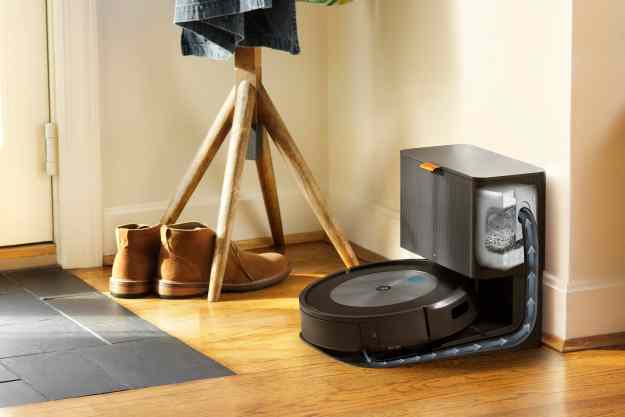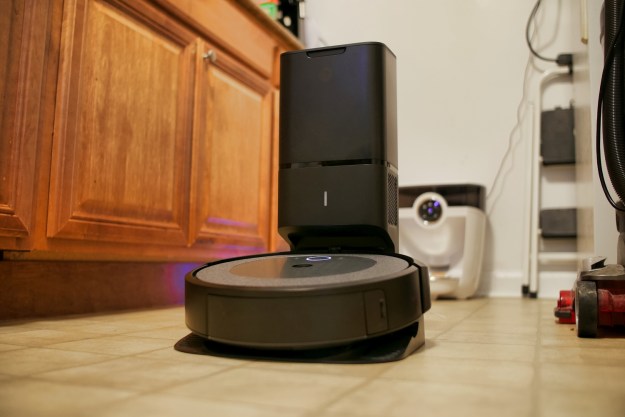As urban areas start to sprawl, not everyone has room for a full-size oven in their apartments — which is exactly why Matt Van Horn and Nikhil Bhogal decided to make a smart, ultra-high-end countertop oven. “The concept of having built-in ovens is very U.S.-centric,” Bhogal tells Digital Trends. “We feel the trend will slowly move to high-performance countertop appliances, and this is where we see the future.”
They also want the June Intelligent Oven to also help move the kitchen into a more central role in the smart home. But it’s more than just app-controlled; it has a built-in camera, sensors, and a scale, so it knows exactly what you’re making and just how to cook it.

While they knew they wanted their new product to have a mobile component, they weren’t quite sure what that product should be. During late-night brainstorming sessions, the pair discovered a mutual passion for cooking, which sparked the idea for the oven. The 22-member team now has many former Apple employees, as well as people who worked on FitBit, Nest, and GoPro. “We’ve taken all that experience and are expending all that effort on the kitchen and our project,” says Van Horn.
The result is an oven running a 2.3GHz Quad Core NVIDIA Processor. “It’s got the brains of a high-end tablet,” says Bhogal. Those brains power the five-inch touchscreen, which has an accompanying knob. The engineers have trained the oven to recognize 15 categories of food, from chicken to cookie dough, thanks to the built-in camera. If you put in a tray of brownies, June can tell what it is, weigh it, and use the internal temperature to set the correct cooking time. Using the iOS app, users can stream a video of dessert baking and get notifications when they’re done.

If you want to first bake then broil a chicken, you can use the two built-in temperature probes to automatically do this for you, based on temperature instead of time. It’s a restaurant-quality experience that’s now available at home, says Bhogal: “This was the perfect time to transcribe the technology, which has only existed in these five-and-six-digit retail-price ovens, and bring that to the home.”
The quality extends to the oven’s materials, its creators say. An “infinitely cleanable” stainless steel interior, carbon-fiber heating elements, and triple-glazed, thermally coated glass all help the oven heat up in seconds and retain a consistent temperature, says Bhogal. It has a one-cubic-foot capacity (you won’t be making any turkeys in there, Van Horn admits) and reaches 500 degrees Fahrenheit, though the outside stays cool to the touch.
All of this comes at the hefty price of $1,495, which you can lock in starting today for a deposit of $95. The units won’t ship until spring of next year, but Van Horn is excited to see what happens once they finally do. “We see it taking away most of your everyday oven usage for a small family,” he says. “On Thanksgiving you’ll still be using your large oven, but you’ll be using your June a lot, too.” Indeed, for only the fanciest of mini pizza bagels.
Editors' Recommendations
- iRobot Roomba Combo j9+ vs. iRobot Roomba Combo Essential: Which is better for you?
- Do you need a subscription for a Ring doorbell or camera?
- Should you buy a wired or wireless video doorbell?
- What is IFTTT and how can you use it in your smart home?
- Cordless vs. robot vacuums: which one should you buy?


